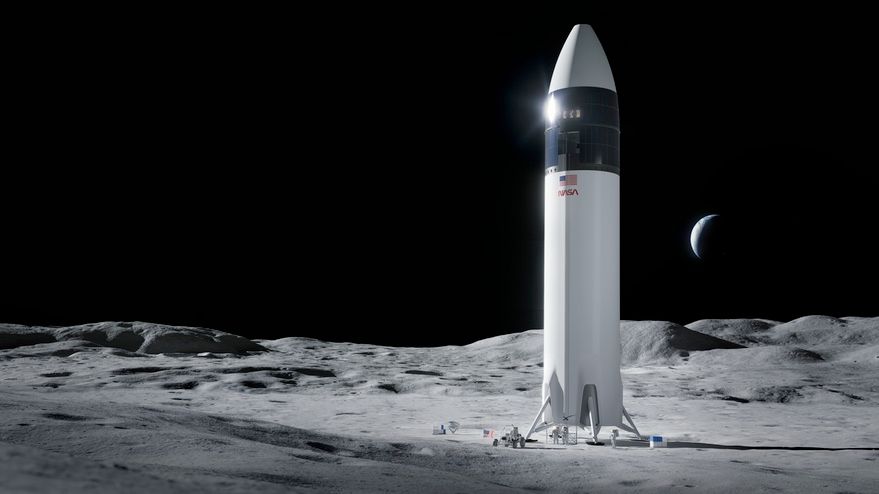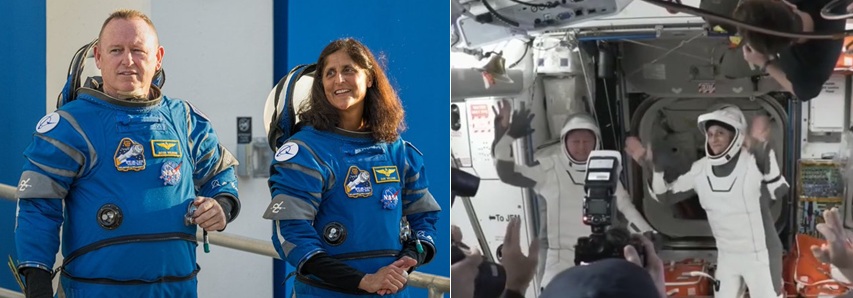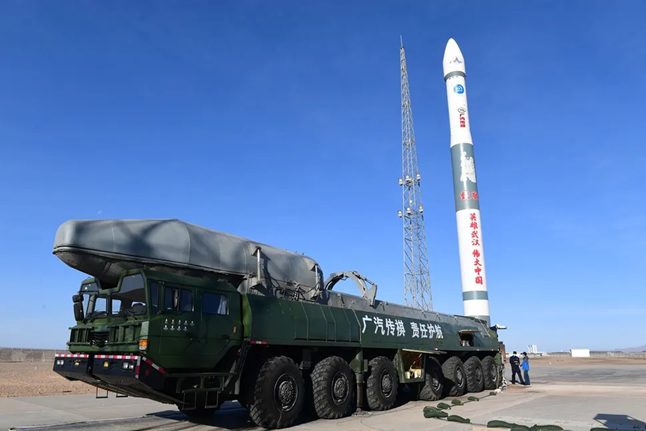Just as SpaceX is presently the clear leader in the development of new orbital transportation systems, Virgin Galactic is now the only obvious candidate for the nascent suborbital market in the next few years. Unless Jeff Bezos’ ultra secret Blue Origin team spring a surprise on everyone. Click here for part oneAssuming Virgin Galactic begins its commercial flights towards the end of 2009, I have been told by the company that it is aiming for 50 flights in its first 12-months of operation.
At fifty flights with SpaceShipTwo’s (SS2) six passengers the annual passenger capacity is 300 and if each one pays $200,000 for a seat that is a cool $60 million. Galactic, by the way, already has $25 million in deposits.
And it can expect $300 million in revenue after five-years assuming no problems arise and there is no acceleration in launch rate, with only one SS2 in operation. But Virgin is buying five of the spacecraft.
With an expected development and construction cost of about $225 million for two White Knight IIs and five SS2s the return on investment proposition appears to be a simple one.
If Virgin has no problems and come 2011 is launching all five of its SS2s 50 times a year each that is a capacity for 1,500 people. Futron’s famous market study has estimated a 1,000 person suborbital market by 2008.
Virgin Galactic president Will Whitehorn has said that they could get the price down to $70,000. With 1,500 passengers at $70,000 a seat, that is $105 million a year in revenue.
What I am driving at is that if you want a frequent service that route proves technology and gives a substantial revenue stream then suborbital seems to be a good approach. Some of the profit from that revenue stream then gets diverted towards an orbital system.
But how much profit can that realistically be? What would be the timetable? How much of a tortoise could suborbital be?
At this stage it is difficult to estimate running costs but the Spaceport America lease will cost Galactic $1 million annually for the first five years and $1.5 million after that. Its $200,000 seat price includes two days training at Environmental Tectonics Corporation’s National Aerospace Training and Research Center, which has a centrifuge so customers can experience the g loading they can expect on ascent and descent.
As for the SS2s, the solid fuel motor will have to be replaced after every flight; there needs to be a steady supply of whatever oxidiser the propulsion system uses; its composite, metal structure will probably have to be inspected after every flight; and then there is the maintenance team, not your average group of flight engineers. Less of a costing problem is the White Knight II as it represents a more conventional aircraft type of operation.
After all that how much loose change would there be out of around $100 million a year? Then again with a proven market and good cash-flow how much private financing could be brought in to aid vehicle development?
Is it going too far to imagine an incremental evolution over a decade or more of a fully reusable fly-back two-stage system, with both stages rocket and turbofan powered?
Some may shake their heads at that and mutter about magnitudes of energy needed between suborbital and orbital flight.
It is the pointy tube, stupid, Soyuz points the way. But the flaw in SpaceX’s tourism plan could be that its Falcon 9 production and launch capacity is consumed by satellite orders.
Reconditioning the Falcon 9’s reusable first-stage and Dragon capsules, and its upper stage’s production lead times combined with the non-aircraft like operation could place a limit on launch frequency. Automatically the volume of seat capacity is diminished; already the seat price is only elastic so far.
At the beginning, due to the initial seat price the market for human orbital flights, beyond NASA’s two flights a year to the ISS, maybe so small that the need to match customers to seats, ensuring six passengers per Dragon flight, may mean only a handful of launches to a Bigelow or other private complex. What is the profit margin?
Is there going to be a real life clash between the children of X-15 and Apollo? Can that great spaceplane what-if of the X-15 actually becoming Dynasoar without an Apollo programme be answered?
Fifty years after Sputnik and 45 years after Yuri Gagarin we are still all wondering, when do I go? But come Sputnik’s sixtieth could we be asking, how long is the queue?








